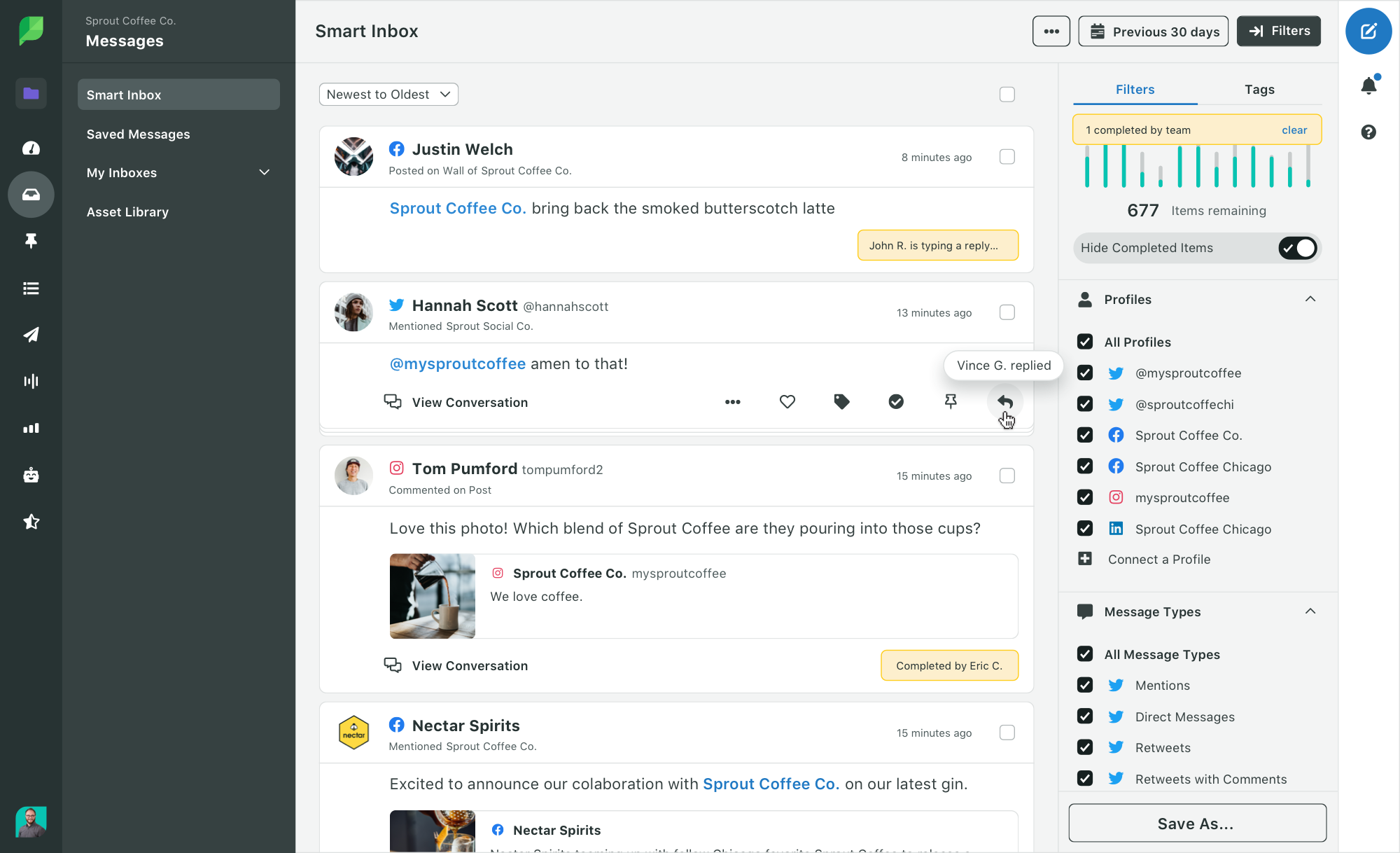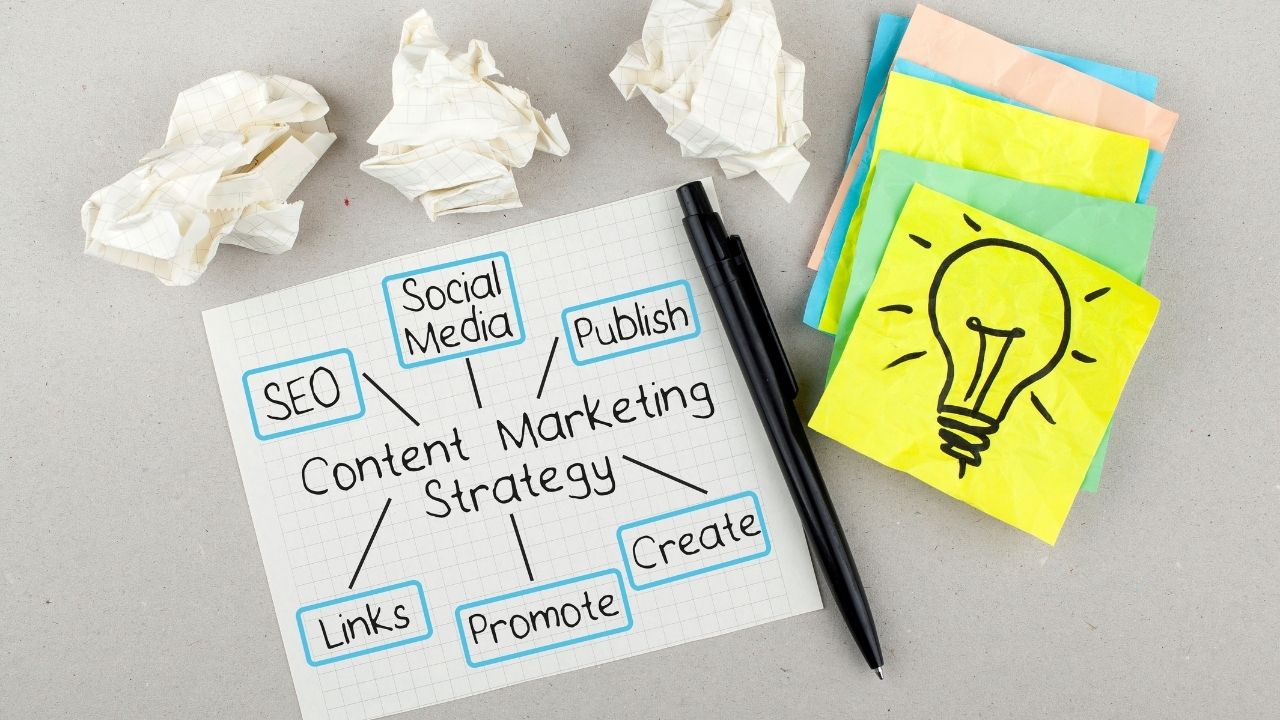
Earned publicity is free publicity created by others for you business. It is in the form of write-ups, articles, and social media posts. Public relations are a tangible and organic proof of a marketing campaign's success. Listed below are three ways you can generate earned media for your business. 1. Find new clients
Earned Media is publicity created by others, at no cost for you or your company.
In the past customer reviews were only available over phone or in dinner conversations. Today, customers can voice their opinions about products or services online, via websites such as Yelp and TripAdvisor. These reviews can be read extensively and used by others to make purchasing decisions. HubSpot Research found that 57% American adults trust recommendations made by their family and friends. Earned media is free publicity generated by others at no cost to the business owner.
Earned media can be small viral videos or major news outlets. It can be a free form of publicity or a profit generator if used properly. This type is where other people write about you without your permission. Examples of earned media are a Yelp company review, a Facebook public thank-you from a satisfied customer, and a news website that details a new product. Businesses can reap the benefits of earned media as the concept has grown more popular with the introduction of social media.
It is tangible and organic evidence that a marketing campaign has been successful
Earned media can take many forms: articles, press coverage and social media mentions. While earned media is more trustworthy than paid media, it can be invaluable for increasing organic reach. Earned content can be used to help brand advocates. A PR team is still as vital as ever.

One example is a coffee company that can use social media to grow its online presence and generate lots of earned press. This allows the brand to attract people to talk about their coffee and espresso drinks. You can also get mentioned in media that others might not find relevant or interesting. This allows brands to increase their social media followers and build brand loyalty among consumers.
It can be stimulated using social media
The reward system in our bodies is determined by the brain's ventral-tegmental area. These receptors are stimulated by the positive feedback that we get from social media. Social media addicts will have greater difficulty controlling their online time than those who don't use it. Although social media is an excellent source of information, those who aren't addicted can also use it to get help with gambling and narcotics.
Researchers discovered that social media use triggers a dopamine reward pathway. This reward pathway can also be associated with food and exercise as well as sex and love. Although there is no conclusive evidence, social media stimulation does increase feelings connectedness. SMU may be able to increase brain dopamine levels by up to 13% in just 10 minutes. Use of social media has been shown to reduce stress levels.
It can be found online in articles, writeups, reviews, and other sources.
Earned content, such as SEO and reviews, can help to increase sales and brand popularity. Earned media can come from online articles, reviews, or write-ups. Trade publications can share brand-related news that has low circulation in mainstream media yet high conversion rates. A brand doesn't want bad reviews from trade magazines. Trade publications are well-respected and have an established readership that makes their content highly valuable.

Earned content can come in many forms. It can be more difficult to acquire, but it can bring you huge opportunities. Blogs, bloggers, and people posting about your product (e.g., videos or unboxing video) can all be sources. It could also come from press mentions or customer reviews. Word-of-mouth marketing is a powerful strategy for earning media. Word-ofmouth marketing is sharing stories and getting feedback.
FAQ
What is the average time it takes to start content marketing?
It depends on how big your company is. Content marketing is often not feasible for small businesses. However, it can pay off big-time if you're willing to put in some time.
How can I measure success with content marketing?
There are many ways you can measure the success of your content marketing strategies.
Google Analytics is an excellent measurement tool. This tool lets you see where your targeted traffic comes from and what pages they visit most frequently.
It will also show you how long each visitor stays before leaving your site.
This information can be used to improve your content and to keep people engaged for longer periods.
This is another way to determine the success rate of your content-marketing efforts.
What value do my new subscribers receive from my email bulletins? What percentage of my entire mailing list has converted into paying memberships? How many people have clicked through to my landing page? Does clicking through result in higher conversion rates?
These are important metrics to monitor and track over time.
A great way of measuring content marketing success is to examine the number people share your content via social networks.
You should start now if you haven't. This could make the difference between being noticed and not being seen in your industry.
What does it mean to be a Content Strategist
A content strategist helps brands tell stories by crafting engaging messages that connect emotionally to their audiences. They are storytellers that tell stories about brands to help people make decisions and then take action.
Content strategists understand how to engage potential and current customers. For example, they combine data analytics and storytelling to craft experiences that inspire consumers to visit stores, buy products and share their excitement online.
They know how to incorporate social media platforms into their campaigns. They are also skilled in using technology tools such video and virtual reality to provide powerful customer experiences.
These strategists create digital content and then translate those ideas into plans that marketers will be able to implement. This includes creating content and briefings for creative purposes, budget management, and the creation of content for television and print.
Statistics
- In fact, would pay more for a better customer experience, and 86% of B2B buyers would pay more. (neilpatel.com)
- Progress indicators (0–100%) allow each team member to see how attainable each goal is and understand what remains to be accomplished. (semrush.com)
- Companies that use content marketing see approximately 30% higher growth rates than businesses not using it. (mailchimp.com)
- Seventy-two percent business to business (B2B) (mailchimp.com)
- According to our research, 65% of companies with very successful content marketing in 2021 ran content audits at least twice a year. (semrush.com)
- We found that 40% of businesses don't have a documented strategy yet. (semrush.com)
- To further show the importance of this, 89% of people have stopped doing business with a company because of a poor experience. (neilpatel.com)
- Out of the 1,500 marketers we surveyed for our State of Content Marketing report, 78% who felt their content marketing strategy was exceptionally effective in 2021 had documented their strategy. (semrush.com)
External Links
How To
Content Marketing Tips: Infographic Creation Tips
Infographics are an effective way to explain complicated concepts clearly and make information understandable. Content marketing aims to provide useful and valuable information to your target audience, so you should consider using infographics to help spread this message.
For creating an infographic you'll need software such as Adobe Illustrator and Photoshop. These programs can be used for drawing out shapes and elements to represent data. After that, you can add fonts and colors to make it look professional. Once your design is ready, you can start uploading images from sites like Pixabay and Unsplash to insert into your design.
Online infographics can be a great source of inspiration. To show how many calories certain foods have, you can use a picture of a pyramid to illustrate this. You could also replace the numbers with images of the food. You could also look at the sugar content of soda pop, and then take a photo of a Coke bottle.
Once you have designed your infographic you can share it via social media channels, such as Facebook or Twitter. This helps people who aren't familiar with the concept learn about it. You can include hashtags in your infographic if you want to share it on social media. Users can follow along with specific conversations using hashtags.
If you decide to create an infographic, try making your posts shorter than usual. An average blog post will be between 2000 and 5000 words. An infographic, however, only needs 500 to 1000 words. This means you can easily convey more information with less space.
Your infographic should be easy to read for some viewers. Your graphics should be large enough in font size and not rely on too much color. It is important that all text is legible.
These are additional tips:
-
Use an infographic template. You can find many templates online or in printed formats. Canva and Piktochart are some of the most popular.
-
Create your Infographic. You can use the template to create your infographic. You can use any kind of media that you feel is appropriate for your audience. If you want to create an infographic on the best places for food in Seattle, for example, you might use photos from local restaurants.
-
Add text. Once you've created your infographic, add text using Microsoft Word, PowerPoint, or Canva.
-
Add Images. Images can be added to your infographic. These images can include charts, graphs and icons. If you want to add a picture, make sure it's relevant to your topic.
-
Make It Interactive. Interactive elements can include buttons, maps, or links. This will engage your audience.
-
Share. Share the infographic once you're done.
-
Measure. What was the performance of your infographic? Did people click on your website? Did they sign up to your email list? Was their reaction to the infographic?
-
Improve. Do you think there are ways to improve your infographics Do you think your infographic could be better?
-
Repeat. Do this again!